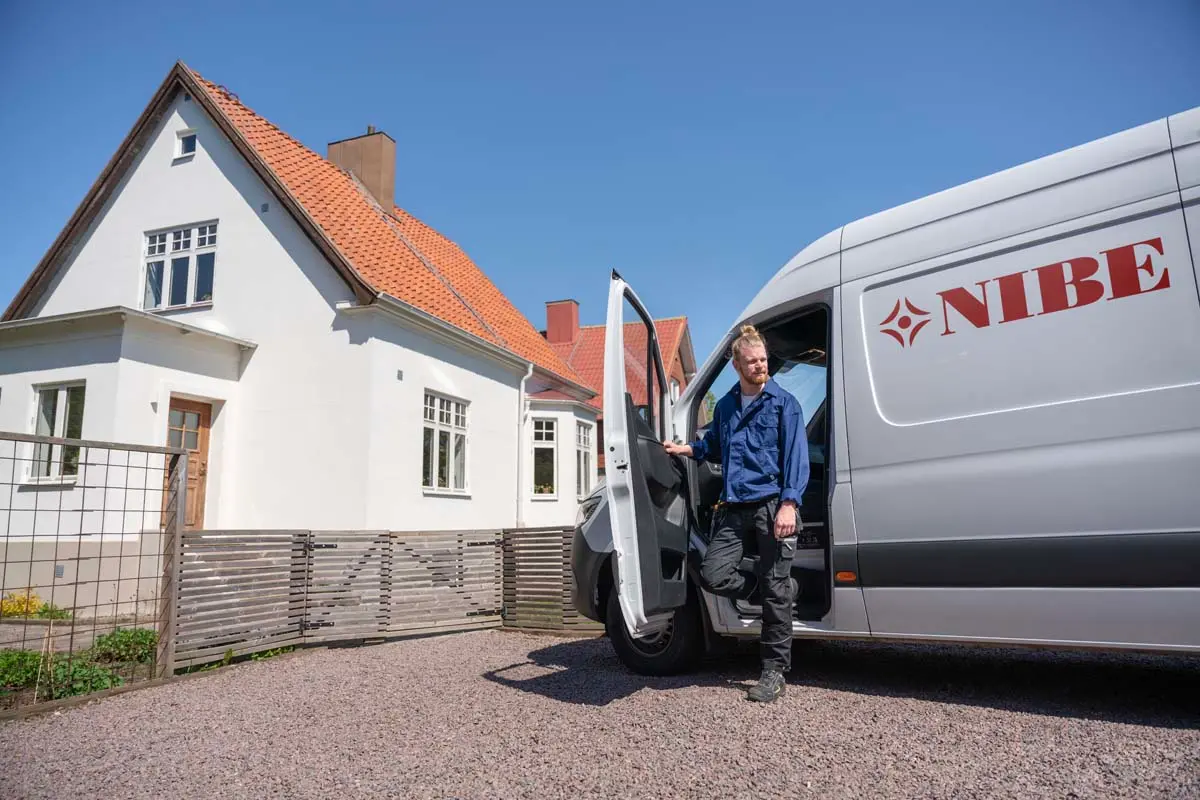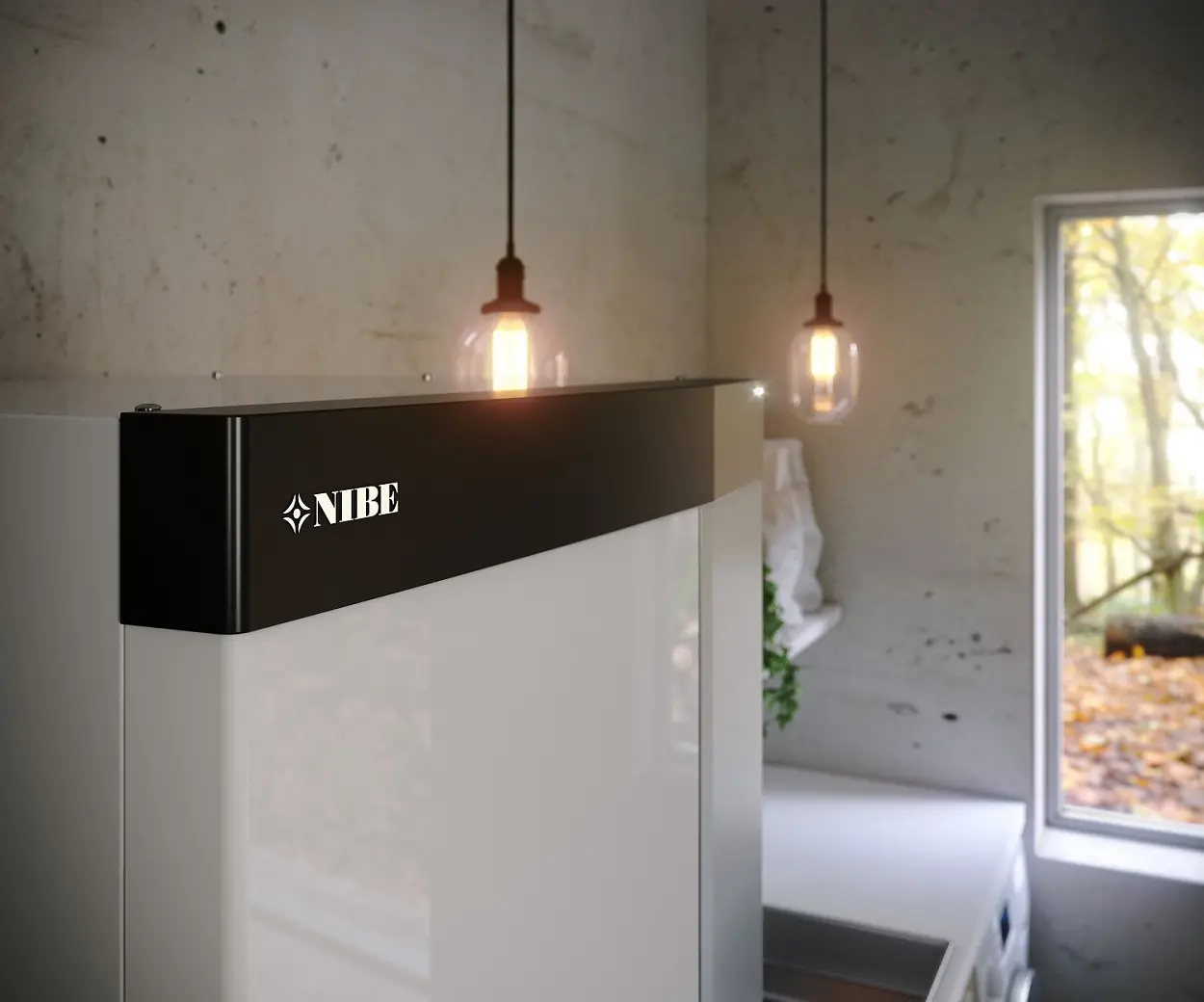The way we design and construct our homes is going to have a huge impact in helping to shape a more environmentally friendly future. For a long time, this shift towards greener living was seen as a trend, but now it’s regarded as a necessity. Homes need to be built to be more energy efficient, helping to reduce carbon footprints and reward homeowners with a more sustainable living environment.
In this article, we explore why and how to build smart, low carbon homes that are fit for the 21st century and future generations.
Why build low carbon homes?
Building low carbon homes comes with several benefits that can have a positive effect on both homeowners and wider society.
1. Environmental impact
Traditionally, homes have heavily relied on fossil fuels for heating, cooling and electricity. This is a significant contribution to greenhouse gas emissions and is hugely unsustainable.
By taking proactive measures to reduce your carbon footprint at home, such as the installation of renewable energy systems and the introduction of advanced technologies, you’re able to reduce your environmental impact.
2. Energy efficiency
Low carbon homes will also improve your energy efficiency. Installing renewable energy systems, such as heat pumps, will make the process of heating and cooling your home more efficient. In fact, heat pumps are over three times more energy-efficient than traditional gas boilers.
Other energy-saving measures, including energy-efficient appliances and good insulation, all combine to reduce utility bills for homeowners and the overall demand on the energy grid.
3. Health benefits
Smart homes built with reducing renewable energy in mind also have the power to improve our health. Inside the home, you can enjoy improved indoor air quality, temperature regulation and moisture control, which can help reduce respiratory problems, allergies and other health issues associated with poor housing conditions.
Outside the home, the reduction in greenhouse gas emissions will benefit wider society with cleaner air and less environmental damage, helping the fight against climate change.
4. Long-term cost savings
The introduction of low carbon measures in the home may require a pricey initial investment, but in the long run, they should reward you with significant cost savings.
The combination of reduced energy bills, tax incentives, the resale of unused energy and an increase in your property’s market value should be appealing to all homeowners wanting to reduce living costs at home.
How to build low carbon homes?
Taking proactive steps to reduce the amount of carbon emissions produced at home isn’t as daunting as it first seems. Here, we take a look at what you can do to build a low carbon home.
Keep sustainability at the heart of your design
If you’re adding to your existing property, then make sure you opt for eco-friendly materials. It’s also worth factoring in if your floor plans are maximising natural light and airflow. In doing so, you’ll reduce the need for excessive heating, cooling and artificial light. Even if you don’t plan on changing the foundations of your property, you can still make tweaks to the layout of your home to accommodate this.
Use renewable energy systems
Solar panels, wind turbines and any other renewable energy systems used to generate electricity will reduce how much carbon your home produces. Clean energy reduces your dependence on fossil fuels and is a quick win for being more environmentally conscious.
Install a heat pump
Heat pumps are highly efficient heating and cooling systems that transfer heat between your home and outdoors. Heat pumps extract heat from the air, ground or water, which makes them a more sustainable heating and cooling solution than traditional methods. Some of the main benefits of heat pumps are:
- Help to combat climate change – Heat pumps are more efficient than traditional boilers and use cleaner electricity, reducing your home’s carbon footprint.
- Energy efficient – They’re up to 300% more efficient than traditional heating systems, as they move heat rather than generate it.
- Versatile – As they provide both heating and cooling, they can be used all year round no matter the weather conditions.
- Cost-effective – While the initial cost might be higher than conventional systems, heat pumps offer long-term savings through reduced energy bills and maintenance costs.
- Easily integrated into smart homes – Heat pumps can easily be integrated with smart home technology. This means you can remotely control your heating and cooling systems to enhance efficiency and comfort.
Keep your home well-insulated and air-tight
Ensure your home is well-insulated with high-quality insulation to minimise the amount of heat you lose. This will create a more comfortable indoor environment and reduce the amount of energy you consume.
Regularly monitor and maintain your energy usage
Regularly monitor energy usage, conduct energy audits and maintain renewable energy systems to ensure optimal performance and efficiency.
Conclusion
Building smart, low carbon homes is more than just a trend; it's a sustainable solution for a greener future. Incorporating energy-efficient design principles, renewable energy systems and advanced technologies like heat pumps will help to reduce your environmental impact at home, save on energy costs and create healthier living environments for wider society.
The challenge of combatting climate change continues to grow at an alarming rate, which is why investing in and building smart, low carbon homes is an essential part of creating a more sustainable future.

Talk To A NIBE Expert
Had more thought about getting a heat pump installed?
Speak to a NIBE Expert today about your project and we'll put you in touch with one of our NIBE Pro Installers.


